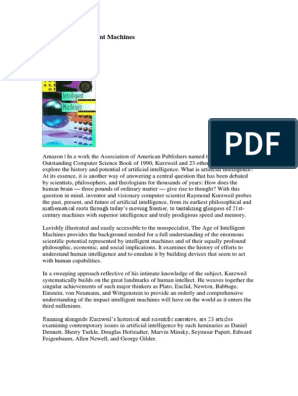0% found this document useful (0 votes)
176 views7 pagesAssignment Lecture 11-1
While mechanized harvesting has been successful for cereal crops, picking fruit crops has proved more challenging due to the variability in ripeness, shape, and outdoor conditions of fruits. However, recent advances in computing and sensor technology have enabled the development of intelligent fruit pickers that can detect and select ripe fruit, overcoming the difficulties of mechanized fruit harvesting. These new machines have the potential to help farmers save money by reducing their reliance on seasonal labor while also collecting useful plant health data.
Uploaded by
alwan taftazaniCopyright
© © All Rights Reserved
We take content rights seriously. If you suspect this is your content, claim it here.
Available Formats
Download as DOCX, PDF, TXT or read online on Scribd
0% found this document useful (0 votes)
176 views7 pagesAssignment Lecture 11-1
While mechanized harvesting has been successful for cereal crops, picking fruit crops has proved more challenging due to the variability in ripeness, shape, and outdoor conditions of fruits. However, recent advances in computing and sensor technology have enabled the development of intelligent fruit pickers that can detect and select ripe fruit, overcoming the difficulties of mechanized fruit harvesting. These new machines have the potential to help farmers save money by reducing their reliance on seasonal labor while also collecting useful plant health data.
Uploaded by
alwan taftazaniCopyright
© © All Rights Reserved
We take content rights seriously. If you suspect this is your content, claim it here.
Available Formats
Download as DOCX, PDF, TXT or read online on Scribd
/ 7
























































































